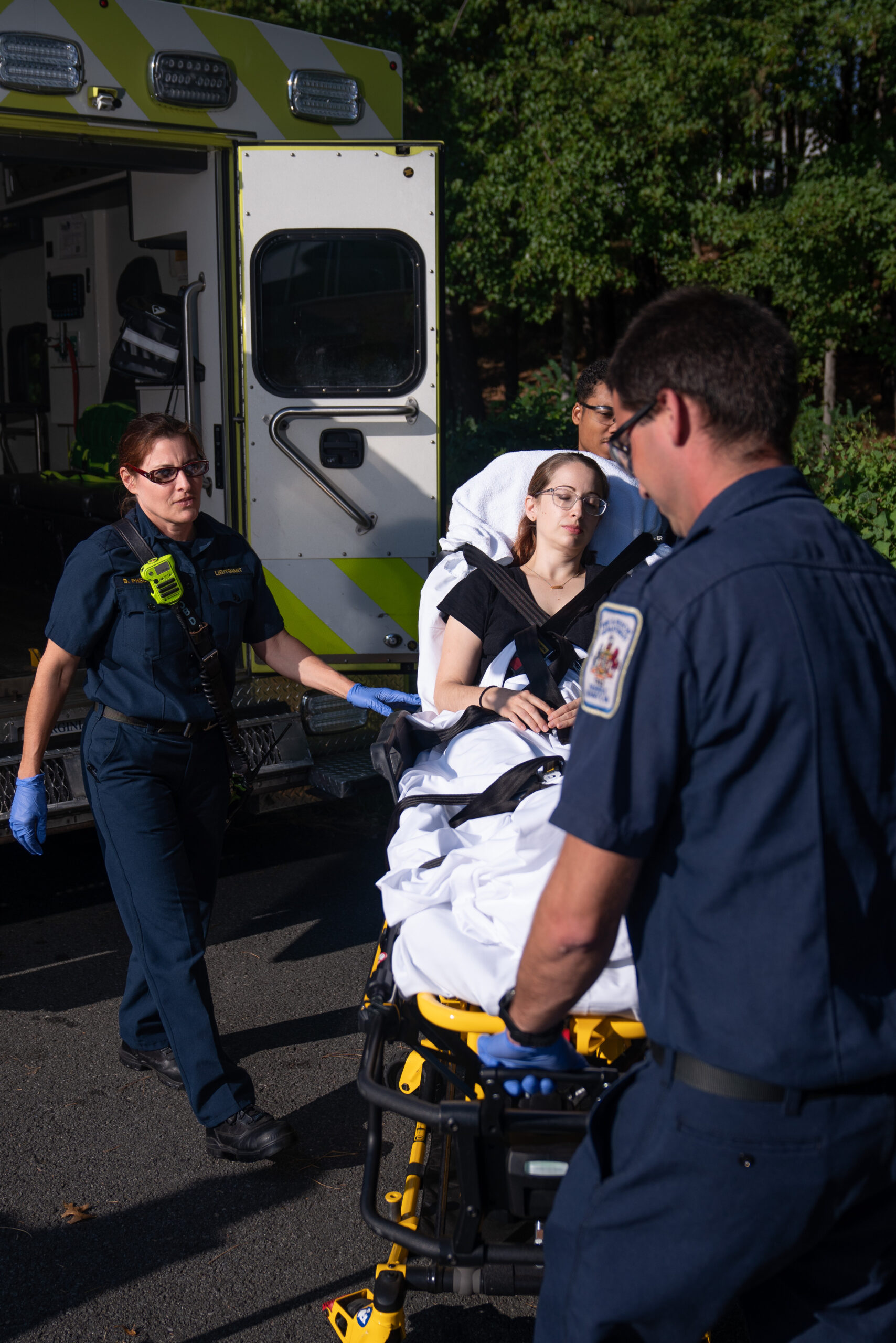
The Power of Data
EMS professionals are always trying to improve the level of care provided to patients. One key factor to enhancing EMS operations and clinical skills is collecting and using data. Data is a powerful tool, it’s critical to identifying best practices and also to communicating with others about the resources needed to serve each community. Data can help benchmark performance, determine effectiveness of clinical interventions and facilitate cost-benefit analyses.
Collecting, analyzing and sharing data is a foundational piece of EMS Agenda 2050’s vision for a people-centered EMS system. NHTSA’s Office of EMS (OEMS) and its federal partners continue to back efforts that prioritize and facilitate EMS data collection like the National Emergency Medical Services Information System (NEMSIS).
Tens of millions of records from more than 10,000 agencies across the country are submitted to the National EMS Database each year, and this data is making a difference. So far, it’s helped to advance EMS research, inform the response to public health threats and much more.
You can help make a difference for the EMS community by inputting thorough and accurate data for each patient care report for submission to your agency or department.Understanding the Role EMS Plays in Highway Safety
The National Roadway Safety Strategy (NRSS), released in 2022 by the DOT, continues to increase awareness about the role 911 and EMS play in saving lives and treating injuries from motor vehicle crashes. The NRSS uses a five-pronged Safe System Approach to help move toward zero deaths on our nation’s roadways. Beyond making vehicles, roads, people and speeds safer, the approach identifies the post-crash care that EMS and 911 provide as key to saving lives.
Post-crash care emphasizes for transportation planning the importance of focusing not just on preventative measures, but also of the importance for caring for people injured in a crash to prevent their injuries from becoming fatal. In 2022, 911 dispatched EMS to 1.5 million crashes.1 40% of the crash victims were alive when EMS arrived, but later died.2
There’s a number of effective countermeasures that can make the difference among life and death in post-crash care. Collaboration between EMS, highway safety leaders, municipal planning organization and other public safety leaders is key to accessing resources and developing projects to reduce deaths from traffic crashes.
New Funding Opportunities
More than $3 billion from the Safe Streets and Roads for All (SS4A) grant program is still available for future funding rounds for regional, local and tribal initiatives aimed at preventing roadway deaths and injuries. These grants also support the NRSS, including post-crash care. The OEMS recommends that EMS agencies access the current list of grant recipients to determine if there are existing planning grants already awarded in your area. It’s a great idea to make contact with grant recipients, introduce yourself and discuss ways EMS can contribute critical information to the planning process. EMS and fire agencies are also encouraged to apply for grants directly.
Check the list of SS4A grant recipients and the details of the grants at the DOT site.
It’s our goal as EMS professionals to provide the best care possible and improve patient outcomes, but we also want to support our fellow clinicians in the EMS community and increase their safety. Initiatives such as Traffic Incident Management (TIM) can help raise awareness of on-scene safety for traffic incident response. The OEMS collaborates with the Federal Highway Safety Administration (FHWA) to communicate the importance of safe roadway practices and their impact on citizens and EMS providers nationwide. Make sure to take advantage of the free online and in-person training options. More than half a million emergency responders have completed TIM certification and that number is growing. It’s just one of the ways we can improve the care we provide, as well as help keep our co-workers and our communities safer.
1. NEMSIS Database, 2022 data. Report generated 5/2/23.
2. FARS 2021 ARF. Report generated 5/5/23, Version 5.5, released 4/3/23.
